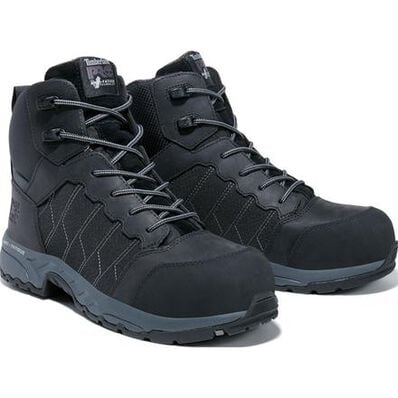Why Composite Toe Boots Are a Game-Changer for Workplace Safety
In the United States, electrical shock is a leading cause of workplace injuries and fatalities. According to the Occupational Safety and Health Administration (OSHA), electrical hazards are responsible for hundreds of deaths and thousands of injuries every year. One of the most effective ways to prevent these incidents is by wearing composite toe electrical hazard boots. These boots are specifically designed to provide superior protection against electrical shock, making them an essential component of personal protective equipment (PPE) for workers in high-risk occupations.
Electrical shock can occur in various ways, including contact with live wires, faulty electrical equipment, and exposure to energized conductors. The consequences of electrical shock can be devastating, ranging from cardiac arrest and burns to long-term disabilities and even death. By wearing composite toe electrical hazard boots, workers can significantly reduce their risk of electrical shock and other workplace hazards.
In industries such as construction, manufacturing, and utilities, where workers are frequently exposed to electrical hazards, composite toe electrical hazard boots are a game-changer. They provide peace of mind and confidence, allowing workers to focus on their tasks without worrying about the risks of electrical shock. By investing in high-quality composite toe electrical hazard boots, employers can demonstrate their commitment to workplace safety, reduce the risk of accidents, and create a safer working environment for their employees.
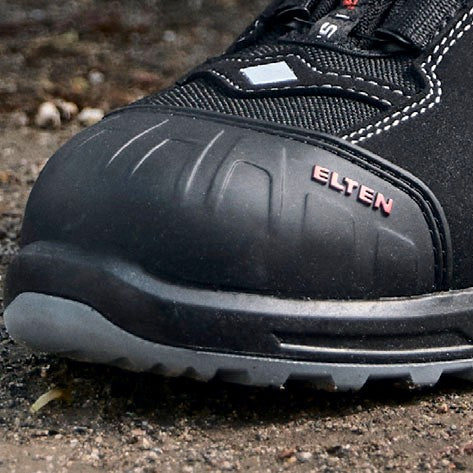
How to Choose the Right Composite Toe Boots for Your Job
Selecting the right composite toe electrical hazard boots for your job can be a daunting task, especially with the numerous options available in the market. However, it’s crucial to get it right, as the wrong boots can compromise your safety and put you at risk of electrical shock and other workplace hazards. To help you make an informed decision, here are some key factors to consider when choosing the best composite toe electrical hazard boots for your occupation:
Job Requirements: Identify the specific hazards you’re exposed to in your workplace and choose boots that meet those requirements. For example, if you work in a wet environment, look for boots with a waterproof membrane. If you’re exposed to extreme temperatures, choose boots with insulation and thermal protection.
Foot Type: Consider your foot type and choose boots that fit comfortably. If you have flat feet or other foot issues, look for boots with arch support and cushioning. A comfortable fit is essential to prevent blisters and discomfort during long hours of work.
Personal Comfort: Don’t compromise on comfort when choosing composite toe electrical hazard boots. Look for boots with breathable materials, moisture-wicking linings, and cushioning to keep your feet dry and comfortable throughout the day.
Brand and Quality: Choose a reputable brand that specializes in composite toe electrical hazard boots. Look for boots that meet ASTM standards and have a proven track record of performance and durability.
By considering these factors, you can choose the right composite toe electrical hazard boots for your job and ensure your safety and comfort in the workplace.
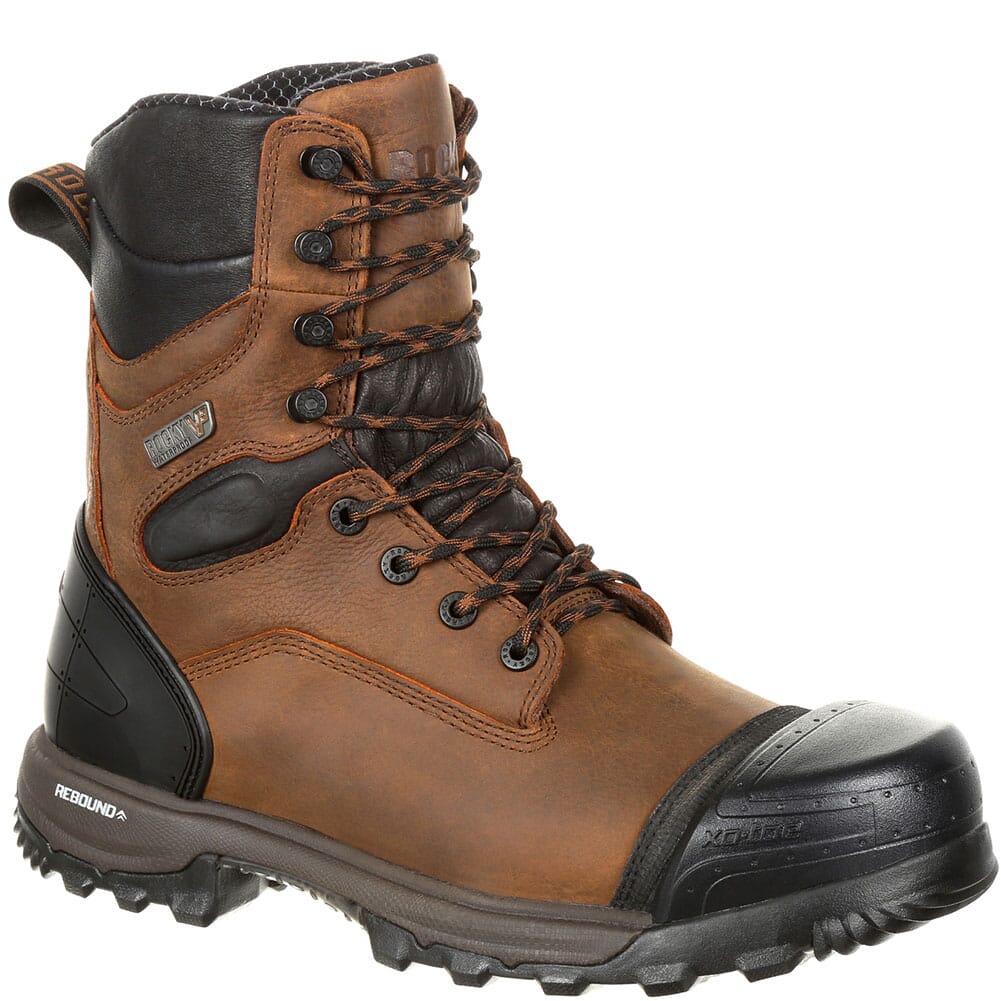
The Science Behind Composite Toe Technology: What Makes It So Effective
Composite toe technology is the backbone of composite toe electrical hazard boots, providing unparalleled protection against electrical shock and other workplace hazards. But what makes this technology so effective? To understand the science behind composite toe technology, let’s delve into its composition, design, and functionality.
Composite Materials: Composite toe boots are made from a combination of materials, including carbon fiber, Kevlar, and fiberglass. These materials are lightweight, yet incredibly strong, providing superior protection against impact and compression. The composite material is also non-conductive, which means it won’t conduct electricity, reducing the risk of electrical shock.
Toe Cap Design: The toe cap is the most critical component of composite toe electrical hazard boots. It’s designed to absorb and distribute impact forces, reducing the risk of injury to the toes. The toe cap is typically made from a combination of materials, including the composite material, a shock-absorbing midsole, and a durable outsole.
Electrical Hazard Protection: Composite toe electrical hazard boots are designed to provide protection against electrical shock up to 14,000 volts. This is achieved through the use of insulating materials and a careful design that prevents electrical conduction. The boots are also designed to prevent electrical shock from occurring in the first place, by reducing the risk of electrical contact.
Additional Features: Many composite toe electrical hazard boots come with additional features that enhance their protective capabilities. These may include slip-resistant outsoles, breathable membranes, and moisture-wicking linings. These features not only provide comfort and convenience but also enhance the overall safety of the boots.
By understanding the science behind composite toe technology, it’s clear that composite toe electrical hazard boots are an essential component of workplace safety. They provide superior protection against electrical shock and other workplace hazards, making them a vital investment for workers in high-risk occupations.
Top-Rated Composite Toe Electrical Hazard Boots for Every Budget
When it comes to selecting the right composite toe electrical hazard boots for your job, there are numerous options available in the market. To help you make an informed decision, we’ve reviewed and compared top-rated composite toe electrical hazard boots from reputable brands, considering factors such as features, pricing, and customer reviews.
Budget-Friendly Option: The Timberland PRO Boondock Composite Toe Work Boot is a top-rated choice for those on a budget. Priced around $150, it offers superior protection against electrical hazards, slip-resistant outsoles, and a breathable membrane. With a 4.5-star rating and over 1,000 customer reviews, it’s a reliable option for workers in high-risk occupations.
The Dr. Martens Ironbridge Composite Toe Work Boot is a popular choice among workers, offering a perfect blend of protection, comfort, and style. Priced around $250, it features a composite toe cap, slip-resistant outsoles, and a breathable air-cushioned sole. With a 4.5-star rating and over 500 customer reviews, it’s a great option for those who want a reliable and comfortable boot.
The Thorogood Composite Toe Work Boot is a top-of-the-line choice for workers who want the best protection and comfort. Priced around $350, it features a composite toe cap, slip-resistant outsoles, and a breathable membrane. With a 4.8-star rating and over 200 customer reviews, it’s a great option for those who want a premium boot that provides superior protection and comfort.
When selecting composite toe electrical hazard boots, it’s essential to consider your specific job requirements, foot type, and personal comfort. By reviewing and comparing top-rated options, you can make an informed decision and invest in a pair that provides superior protection and comfort for your feet.
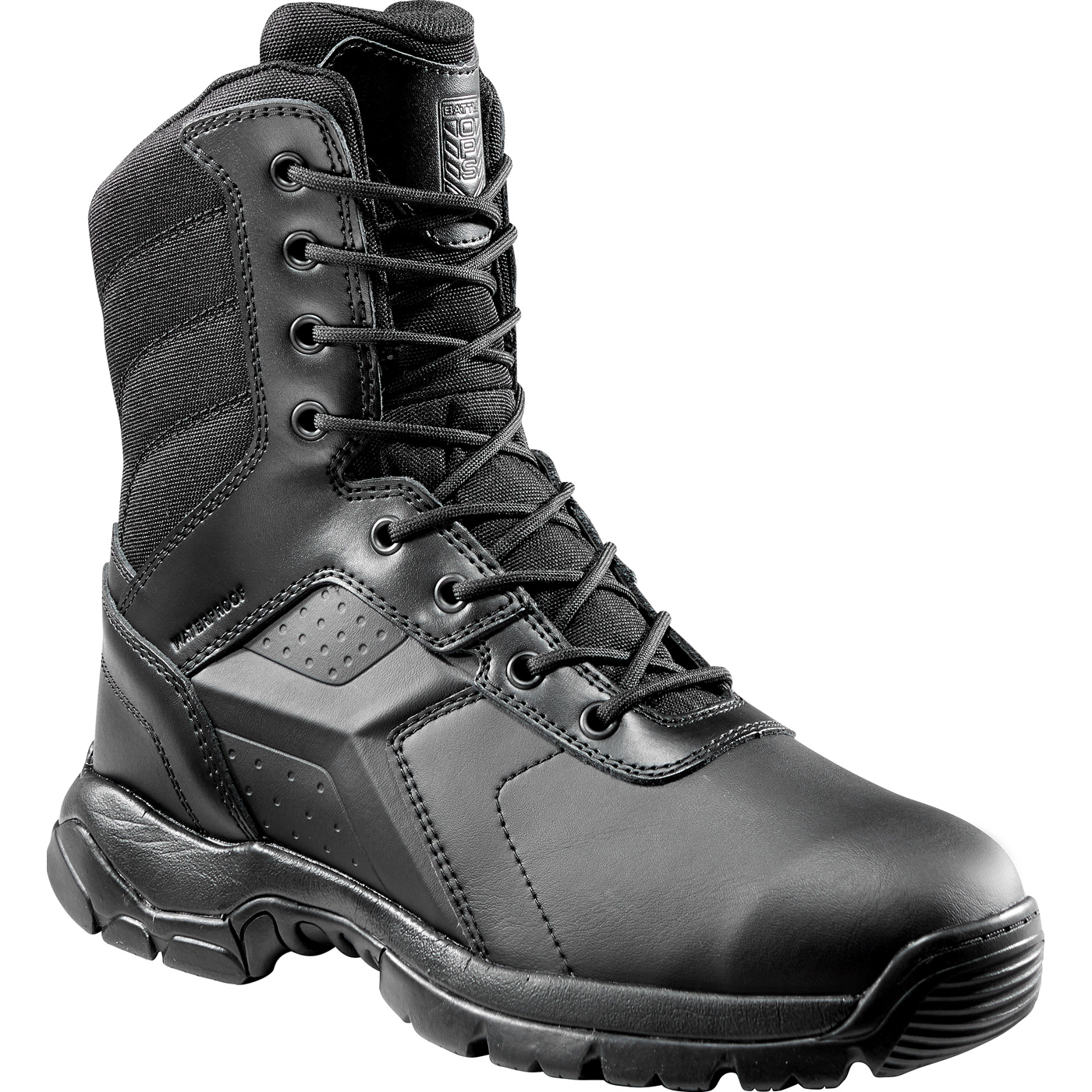
The Importance of ASTM Compliance in Electrical Hazard Boots
When it comes to selecting composite toe electrical hazard boots, ensuring that they meet the necessary safety standards is crucial. One of the most critical factors to consider is ASTM compliance. The American Society for Testing and Materials (ASTM) sets the standards for safety footwear, including composite toe electrical hazard boots.
ASTM compliance is essential because it guarantees that the boots have undergone rigorous testing and meet the necessary safety requirements. This includes testing for electrical hazard protection, impact resistance, and compression resistance. By choosing ASTM-compliant composite toe electrical hazard boots, workers can be confident that their feet are protected from electrical shock and other workplace hazards.
So, how can you verify ASTM compliance when making a purchase? Look for the ASTM label on the boot, which indicates that it has met the necessary safety standards. You can also check the manufacturer’s website or product description to ensure that the boots meet the ASTM standards. Additionally, check for the specific ASTM standard that the boots comply with, such as ASTM F2413-18a, which is the standard for electrical hazard protection.
It’s worth noting that not all composite toe electrical hazard boots are created equal. While some may meet the minimum safety standards, others may exceed them. Look for boots that not only meet but exceed the ASTM standards, providing an extra layer of protection for your feet.
In conclusion, ASTM compliance is a critical factor to consider when selecting composite toe electrical hazard boots. By choosing boots that meet the necessary safety standards, workers can ensure that their feet are protected from electrical shock and other workplace hazards. Remember to verify ASTM compliance when making a purchase, and look for boots that exceed the minimum safety standards for added protection.
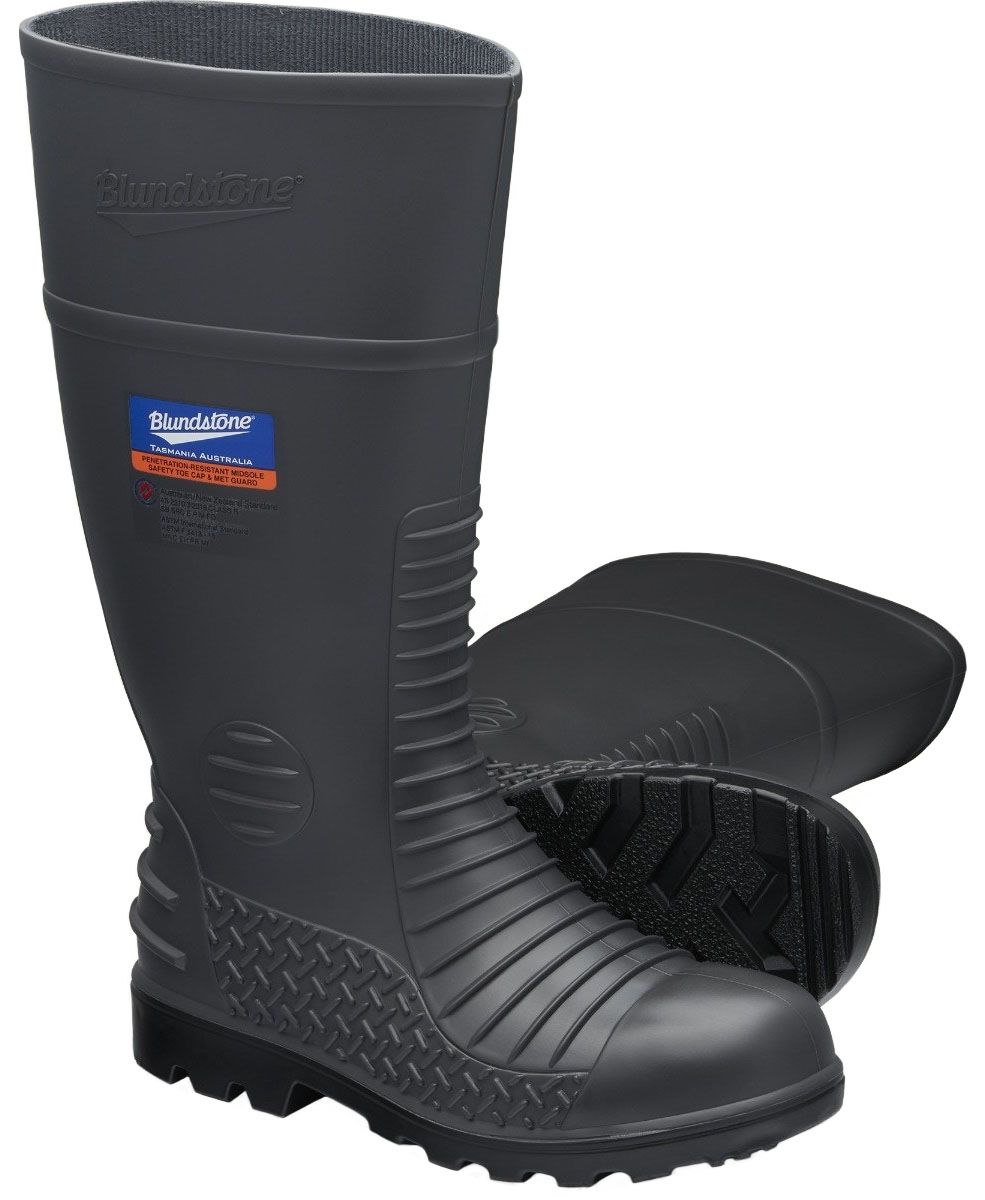
Breaking Down the Cost: Is Investing in Composite Toe Boots Worth It?
When it comes to investing in composite toe electrical hazard boots, one of the primary concerns for workers and employers alike is the cost. While it’s true that high-quality composite toe electrical hazard boots may require a significant upfront investment, the long-term benefits and savings far outweigh the costs.
According to the Occupational Safety and Health Administration (OSHA), workplace injuries and illnesses result in significant costs for employers, including medical expenses, lost productivity, and workers’ compensation claims. In fact, the average cost of a workplace injury is estimated to be around $38,000. By investing in composite toe electrical hazard boots, employers can significantly reduce the risk of workplace injuries and illnesses, resulting in long-term cost savings.
In addition to the cost savings, composite toe electrical hazard boots can also provide a range of benefits for workers, including increased confidence and peace of mind, improved productivity, and enhanced job satisfaction. By providing a safe and healthy work environment, employers can attract and retain top talent, reducing turnover rates and recruitment costs.
Furthermore, many employers may be eligible for discounts or rebates on workers’ compensation insurance premiums by implementing safety protocols, including the use of composite toe electrical hazard boots. This can result in significant cost savings over time.
In conclusion, while the upfront cost of composite toe electrical hazard boots may seem prohibitive, the long-term benefits and savings far outweigh the costs. By investing in high-quality composite toe electrical hazard boots, employers can reduce the risk of workplace injuries and illnesses, improve productivity, and enhance job satisfaction, resulting in a safer and more cost-effective work environment.
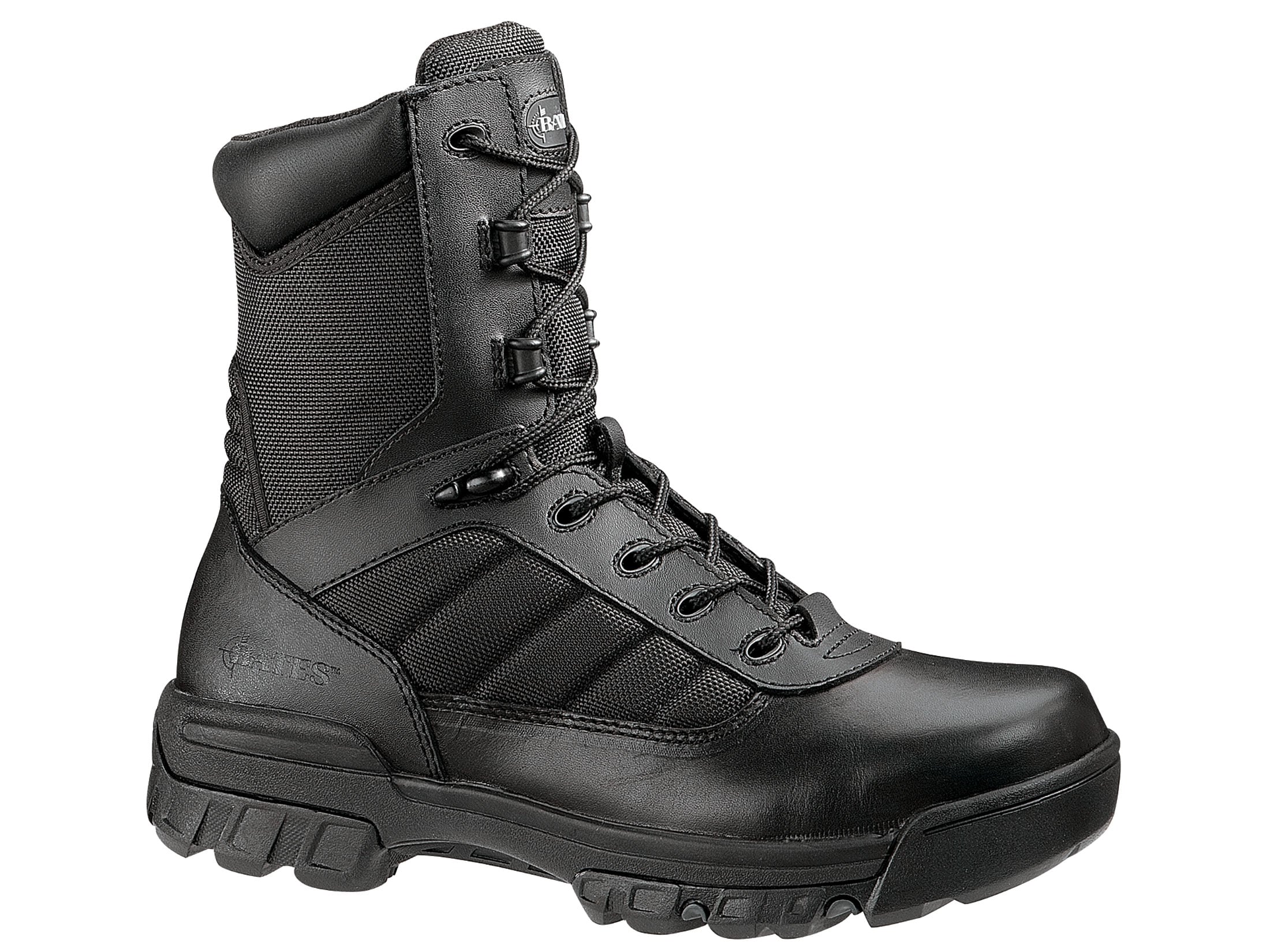
Real-Life Scenarios: When Composite Toe Boots Saved the Day
In the world of workplace safety, it’s not uncommon to hear stories of near-misses and close calls. But what about the times when composite toe electrical hazard boots actually saved the day? Let’s take a look at some real-life scenarios where these boots made all the difference.
Case Study 1: Electrical Shock Prevention
In 2018, a lineman working for a major utility company was performing routine maintenance on a power line when he accidentally touched a live wire. Thanks to his composite toe electrical hazard boots, he was able to walk away from the incident without a scratch. The boots’ electrical hazard protection prevented the shock from traveling through his body, saving him from serious injury or even death.
Case Study 2: Fall Protection
A construction worker was working on a rooftop when he lost his footing and fell 20 feet to the ground. Fortunately, he was wearing composite toe electrical hazard boots with slip-resistant soles, which helped him maintain traction and reduce the impact of the fall. While he still suffered some injuries, the boots undoubtedly prevented more severe consequences.
Case Study 3: Chemical Protection
In a manufacturing facility, a worker accidentally spilled a hazardous chemical on his feet while handling a drum. His composite toe electrical hazard boots were designed with chemical-resistant materials, which prevented the substance from penetrating the boot and causing serious harm. The worker was able to receive prompt medical attention and made a full recovery.
These real-life scenarios demonstrate the importance of wearing composite toe electrical hazard boots in high-risk occupations. By investing in these boots, workers can have peace of mind knowing they’re protected from a range of workplace hazards. Remember, safety is no accident – it’s a deliberate choice to prioritize protection and prevention.

Conclusion: Prioritizing Foot Safety with Composite Toe Electrical Hazard Boots
In the world of workplace safety, it’s clear that composite toe electrical hazard boots are a crucial investment for workers in high-risk occupations. By providing superior protection against electrical hazards, slips, trips, and falls, and other workplace dangers, these boots can literally be the difference between life and death.
As we’ve seen throughout this guide, composite toe electrical hazard boots offer a range of benefits, from preventing injuries and fatalities to reducing costs and improving productivity. By choosing the right boots for the job, workers can have peace of mind knowing they’re protected from the unique hazards of their occupation.
So what’s the takeaway? Prioritizing foot safety is not just a nice-to-have, it’s a must-have for any workplace that values the well-being of its employees. By investing in composite toe electrical hazard boots, employers can demonstrate their commitment to safety, reduce the risk of workplace injuries, and create a safer, more productive work environment.
In conclusion, composite toe electrical hazard boots are a game-changer for workplace safety. By understanding the importance of these boots, choosing the right pair for the job, and prioritizing foot safety, workers and employers alike can create a safer, healthier, and more productive work environment.
